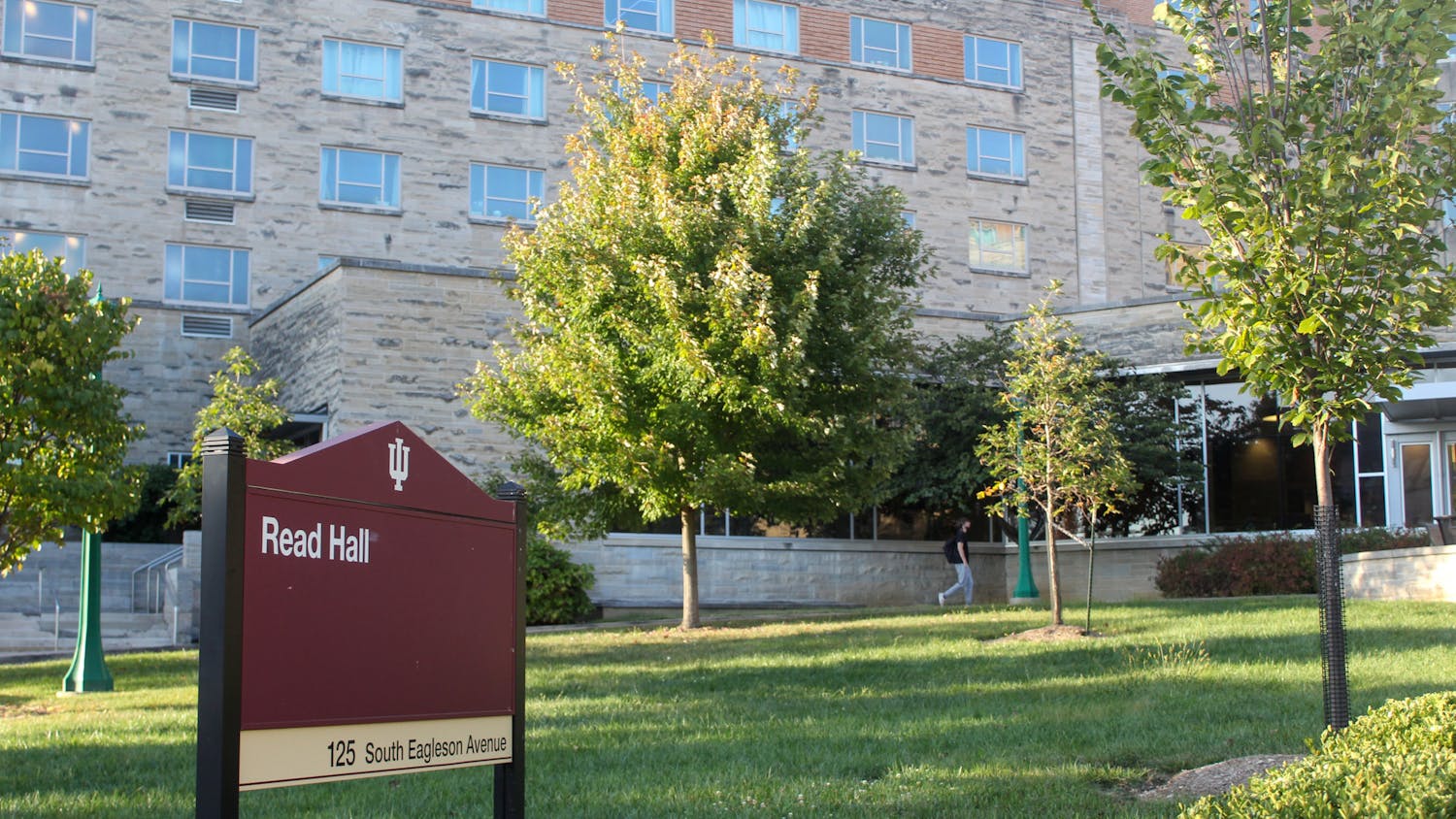The current conversation about education policy in the U.S. surrounds Secretary of Education Betsy Devos’ newly proposed Title IX changes. A topic in this administration that deserves as much attention, however, is affirmative action.
The New York Times recently released data supporting the claim that black and Hispanic students are “more underrepresented at the nation's top colleges and universities than they were 35 years ago.”
Black student enrollment at Ivy League schools has stagnated at six percent over time. Hispanic student enrollment has increased, but not in proportion to the increase of the Hispanic population in the country over the past 25 years.
While these figures are concerning, the conversation needs to be shifted from looking at top-tier schools’ affirmative action progress to focusing on large, public flagship universities.
These schools may provide more opportunities for minority students to adapt and strengthen their academic performance if they are admitted on a racial basis and find themselves underprepared for the rigor of the curriculum.
For these state flagship schools, which tend to offer more affordable tuition rates and a wealth of quality education and career preparations, black and Hispanic minorities “remain largely underrepresented,” whereas Asian student enrollment has increased.
Improving minority enrollment numbers at these state schools seems like a more permanent fix than worrying about largely inaccessible Ivy League schools. One of the issues with affirmative action is its problem of ‘mismatching,’ which anchors this reasoning.
The mismatching principle says that when a school admits students based on race who have lower test scores or less pre-college preparation, they are not able to keep up with the rigor of their classes and fall into the bottom percentile. This tends to exacerbate racial stereotypes about academic performance.
Large public universities have more resources and options to help curb this preparedness gap, which could potentially lower minority dropout rates or reduce othering.
For example, an economics credit at Ohio State University may be offered through six or seven courses with varying levels of difficulty and teaching styles. The school also likely has more available teaching assistants and tutoring resources than a school like Harvard.
It would also be less complicated to measure racial inclusiveness at a state level, because public universities could be measured against the racial demographic of their respective state.
For example, if OSU were to find out that black student enrollment was unrepresentative of Ohio's population, it could potentially pinpoint a problem with college preparedness for its curriculum from black students in the Cleveland area, for example. This could inform state and local education funds appropriations.
It is true that flagship universities’ admission statistics are increasingly more competitive. For example, the range of University of Michigan’s average ACT score for its fall 2017 class was between 31 and 34.
However, I believe that focusing affirmative action data and program evaluation on public flagship universities is a more realistic use of resources and will lead to more beneficial results from affirmative action cases.
There are more provisions in place to avoid ‘mismatching’ via expanded curriculum offerings, more support teaching staff and more merit-based aid.
So, yes, this is a simple offering of a shift in approach to a hot-button issue. But this simple shift from an Ivy to a public school framework for affirmative action can make all the difference.
ccarigan@indiana.edu
@carmesanchicken





